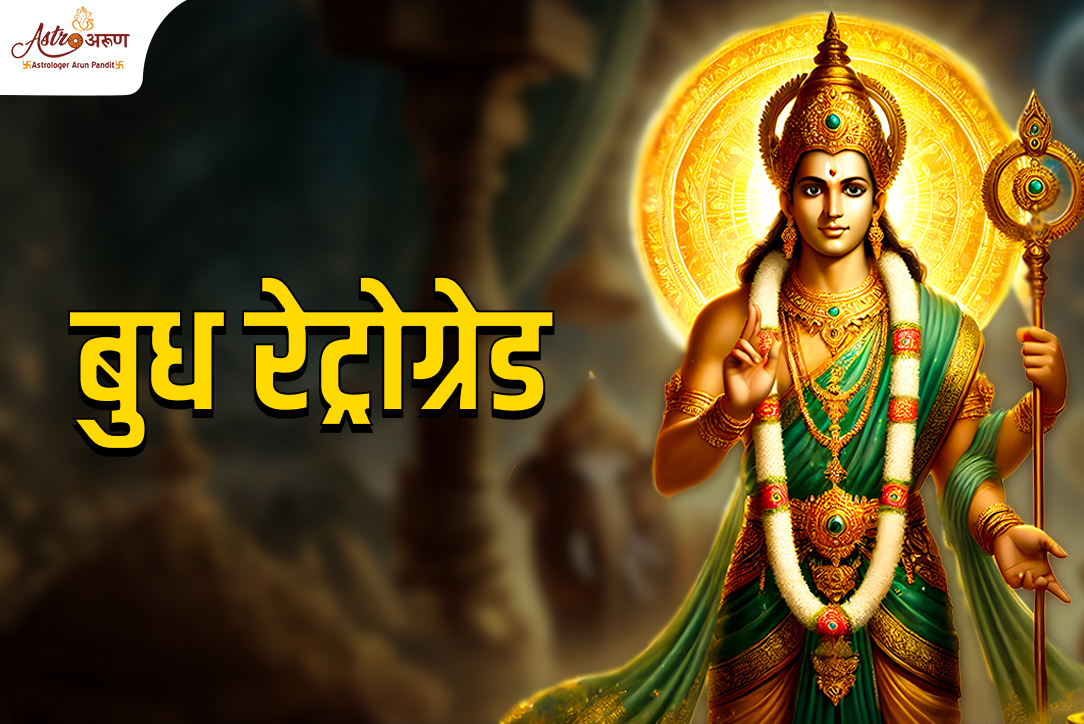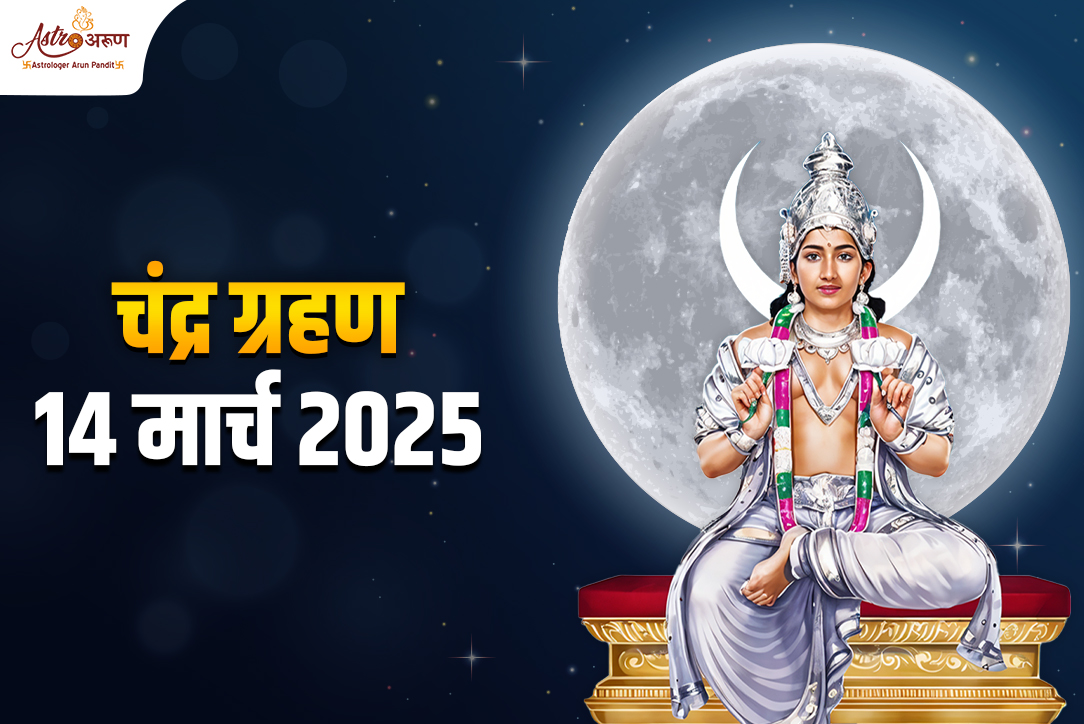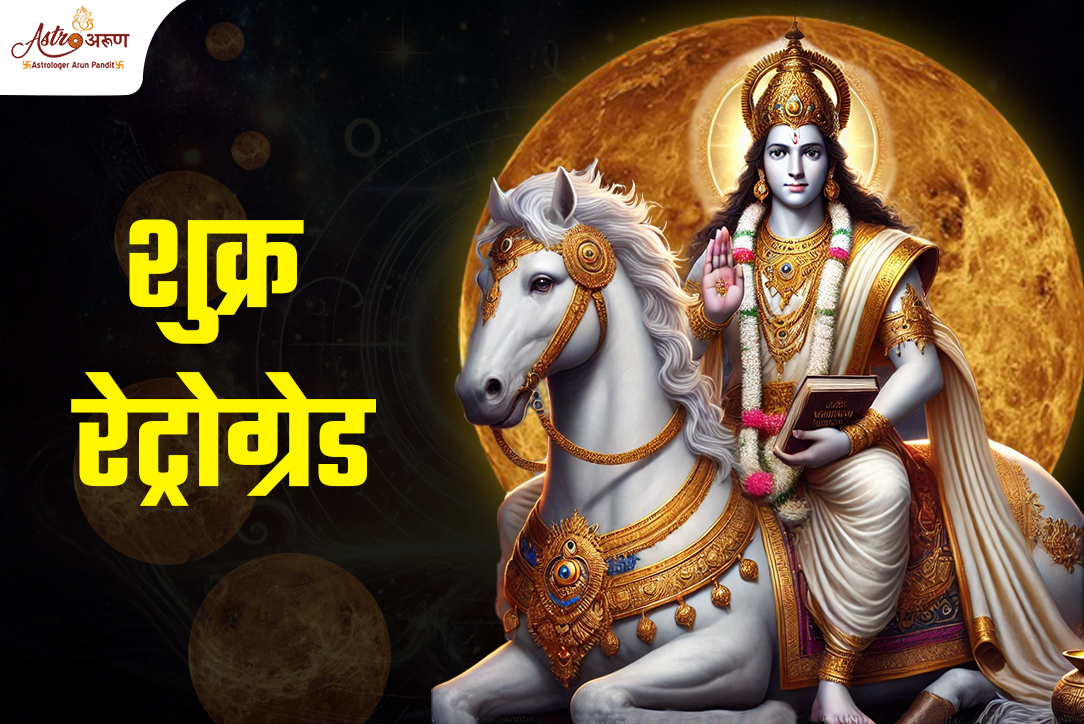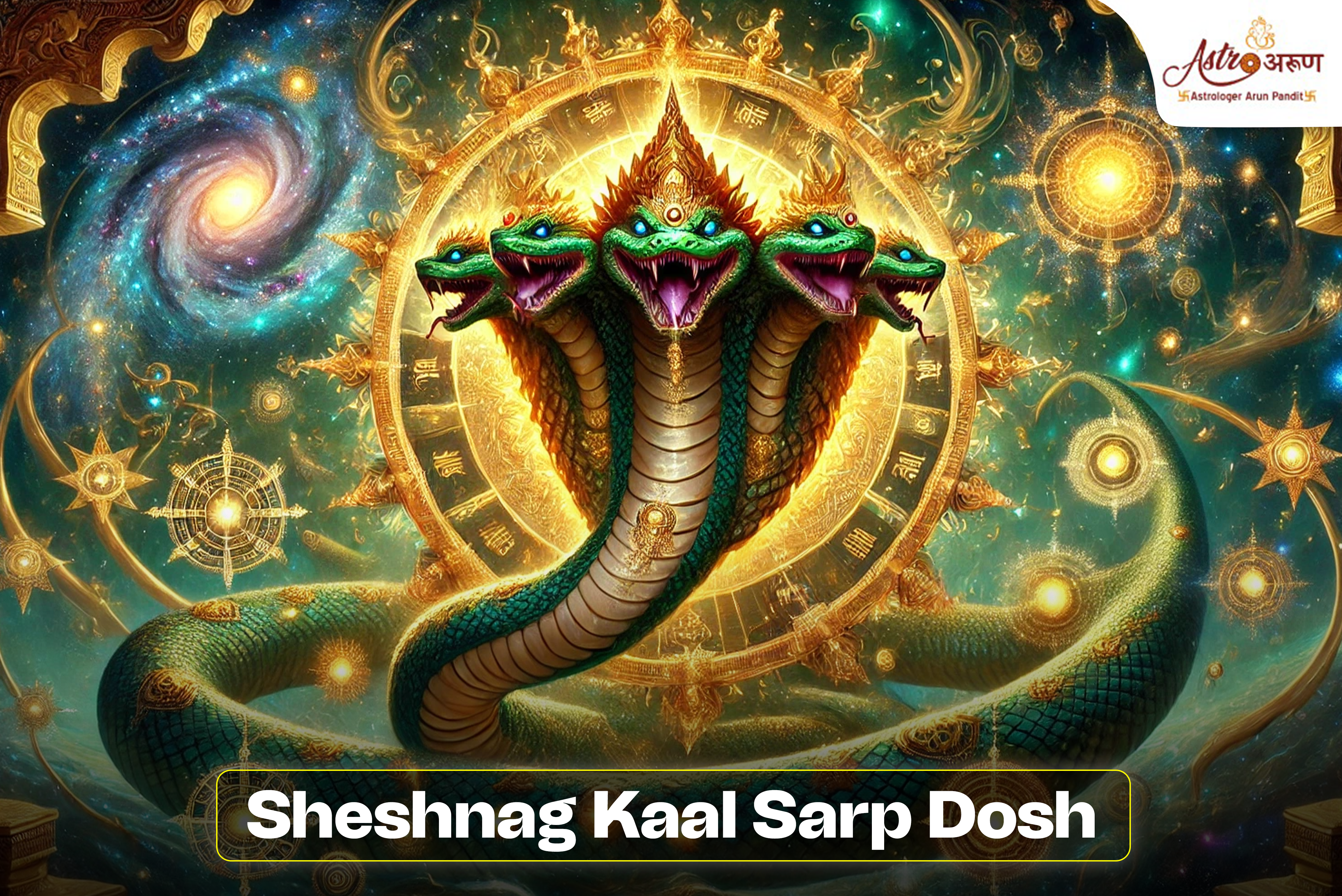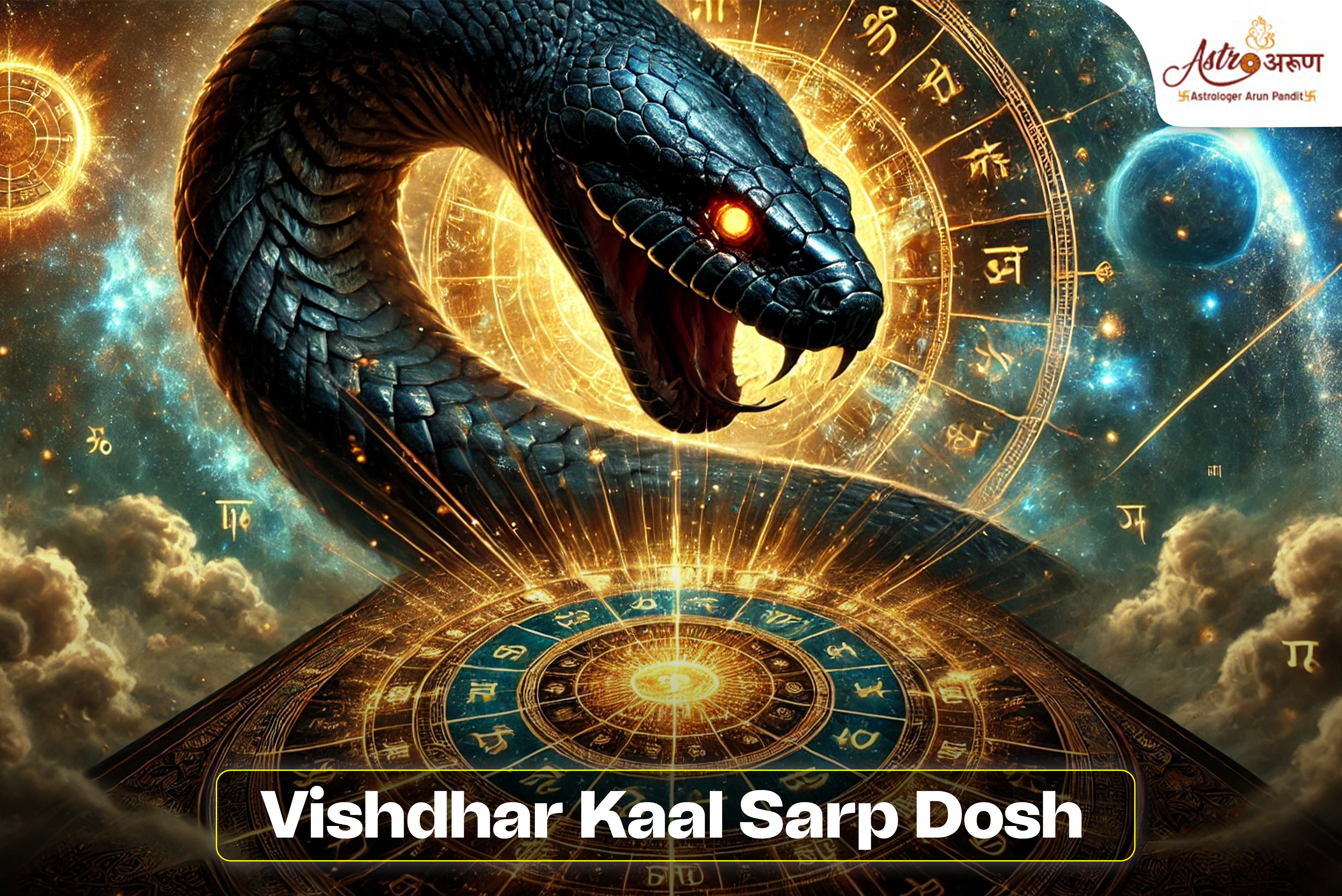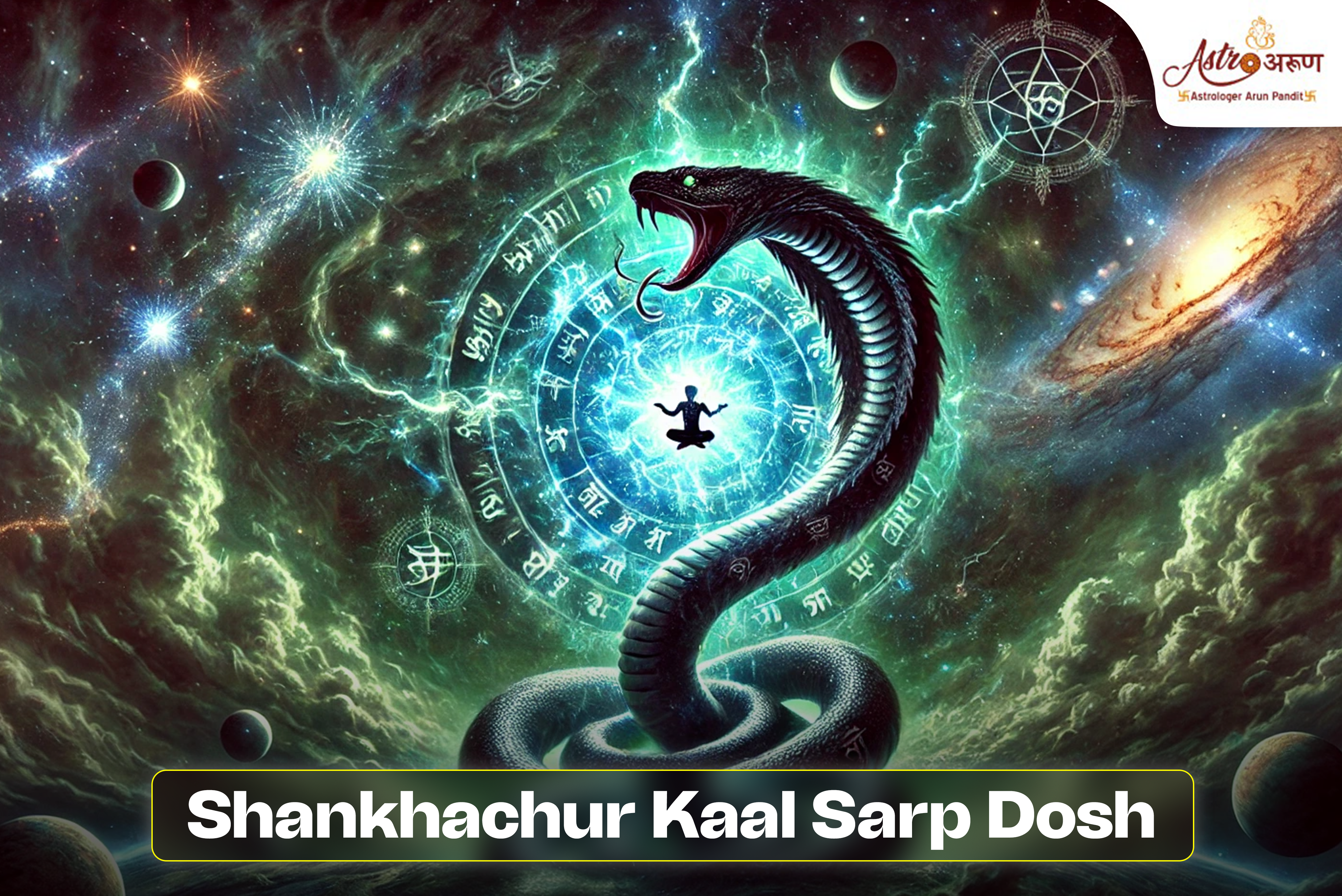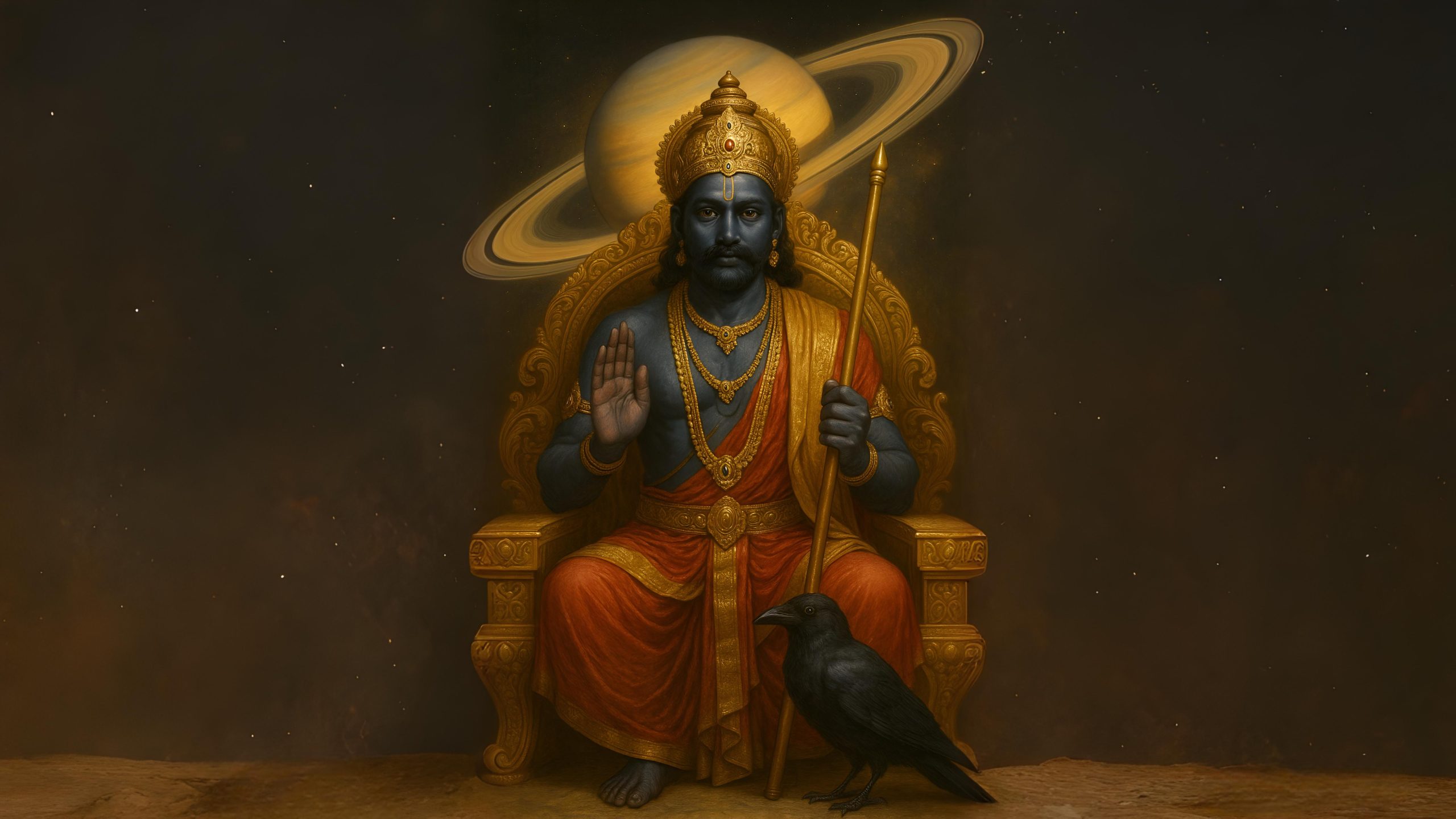सूर्य का मीन राशि में प्रवेश और इसका ज्योतिषीय महत्व
ज्योतिष में सूर्य को ग्रहों का राजा कहा जाता है। यह आत्मा, पिता, सरकारी नौकरी, प्रशासनिक पदों और नेतृत्व क्षमता का मुख्य कारक होता है। सूर्य हर महीने एक राशि से दूसरी राशि में गोचर करता है। इस बार 14 मार्च 2025 को सूर्य अपने मित्र ग्रह बृहस्पति की राशि मीन में प्रवेश करेगा।
मीन राशि गुरु बृहस्पति की होती है, जो ज्ञान, विवेक, शिक्षा, बैंकिंग और धर्म के कारक हैं। जब सूर्य गुरु की राशि में आता है, तो यह प्रशासनिक और बैंकिंग क्षेत्र से जुड़े लोगों की निर्णय क्षमता को मजबूत बनाता है। इस समय सरकारी अधिकारियों और उच्च पदों पर बैठे लोगों को विशेष लाभ मिलता है।
खास बात यह है कि 14 मार्च को होली का पर्व भी मनाया जाएगा, जिससे इस गोचर का महत्व और भी बढ़ जाता है। सूर्य जब मीन राशि में आते हैं, तो बृहस्पति अपनी सभी जिम्मेदारियों को छोड़कर सूर्य की सेवा में लग जाते हैं। यही कारण है कि इस दौरान शादी-विवाह जैसे मांगलिक कार्यों पर एक महीने तक रोक लग जाती है।
मार्च 2025 में अन्य ग्रहों के परिवर्तन और प्रभाव
मार्च 2025 में कई महत्वपूर्ण ग्रहों की स्थिति में बदलाव होगा, जो सभी 12 राशियों पर प्रभाव डालेगा:
- 2 मार्च 2025 – शुक्र मीन राशि में वक्री होंगे।
- 15 मार्च 2025 – बुध मीन राशि में वक्री होंगे।
- 17 मार्च 2025 – बुध अस्त हो जाएंगे।
- 29 मार्च 2025 – शनि अपनी राशि कुंभ को छोड़कर मीन में प्रवेश करेंगे, जहां सूर्य पहले से स्थित होंगे।
इस परिवर्तन का असर प्रत्येक राशि पर अलग-अलग होगा। सूर्य का मीन राशि में गोचर कुछ राशियों के लिए शुभ रहेगा, जबकि कुछ को चुनौतियों का सामना करना पड़ेगा। इस समय धार्मिक गतिविधियों में भाग लेना और धैर्य से काम लेना लाभदायक रहेगा। सही उपाय और सतर्कता अपनाकर इस गोचर का अधिकतम लाभ उठाया जा सकता है।आइए जानते हैं कि सूर्य के इस गोचर का 12 राशियों पर क्या प्रभाव पड़ेगा।
सूर्य का मीन राशि में गोचर 2025: 12 राशियों पर प्रभाव
♈ मेष राशि (Aries)
सूर्य आपके 12वें भाव में रहेगा। इस दौरान विदेश से लाभ मिलेगा, विशेषकर जो लोग MNC में काम कर रहे हैं, उन्हें फायदा होगा। हालांकि, इस समय खर्चे अधिक हो सकते हैं और मानसिक तनाव बढ़ सकता है। शत्रुओं पर विजय मिलेगी, लेकिन सेहत का ध्यान रखना जरूरी है। बिजनेस में नुकसान होने की संभावना है और संतान को लेकर चिंता हो सकती है।
✅उपाय- प्रतिदिन भगवान सूर्य को जल अर्पित करें और ॐ सूर्याय नमः” मंत्र का 108 बार जप करें।
♉ वृषभ राशि (Taurus)
सूर्य आपके 11वें भाव में रहेगा, जिससे आय में वृद्धि होगी और पारिवारिक सुख मिलेगा। यदि आप शिक्षा से जुड़ी किसी समस्या का सामना कर रहे थे, तो अब वह हल होगी। बच्चों से खुशी मिलेगी और वे तरक्की करेंगे। इस समय आप अपनी बुद्धिमानी से सही निर्णय लेंगे, जिससे आर्थिक स्थिति मजबूत होगी।
✅उपाय- प्रतिदिन आदित्य हृदय स्तोत्र का पाठ करें।
♊ मिथुन राशि (Gemini)
सूर्य आपके 10वें भाव में रहेगा, जिससे कार्यक्षेत्र में उन्नति होगी। पिता के सहयोग से व्यवसाय में लाभ मिलेगा और सरकारी क्षेत्र से फायदा होने की संभावना है। भाई-बहनों का समर्थन मिलेगा और मान-सम्मान बढ़ेगा। संपत्ति, गाड़ी और माता से जुड़े सुख की प्राप्ति होगी।
✅उपाय- ॐ ग्रां ग्रीं ग्रौं सः बृहस्पतये नमःमंत्र का जप करें
♋ कर्क राशि (Cancer)
सूर्य आपके 9वें भाव में रहेगा, जिससे भाग्य का पूरा सहयोग मिलेगा। धन लाभ होगा और पारिवारिक संबंध मधुर रहेंगे। भाई-बहन भी हर स्थिति में आपका साथ देंगे। धार्मिक कार्यों में रुचि बढ़ेगी और समाज में आपकी प्रतिष्ठा बढ़ेगी। हालांकि, इस समय आपको वाणी में संयम रखना होगा, वरना रिश्तों में गलतफहमी हो सकती है।
✅उपाय -प्रतिदिन भगवान शिव पर जल चढ़ाएं और साथ में साफ चावल अर्पित करें।
♌ सिंह राशि (Leo)
सूर्य आपके 8वें भाव में रहेगा, जिससे स्वास्थ्य संबंधी समस्याएं हो सकती हैं। विदेश में काम करने वाले या MNC में कार्यरत लोगों को सफलता मिलेगी। धन लाभ होगा, लेकिन उसके लिए आपको बहुत मेहनत करनी पड़ेगी। गुस्सा अधिक आ सकता है, जिससे रिश्तों में तनाव पैदा हो सकता है।
✅उपाय-प्रतिदिन आदित्य हृदय स्तोत्र का पाठ करें।
♍ कन्या राशि (Virgo)
सूर्य आपके 7वें भाव में रहेगा, जिससे दांपत्य जीवन में कुछ समस्याएं आ सकती हैं। व्यापार में भी कठिनाइयां आ सकती हैं और गुस्सा बढ़ सकता है। विदेश से लाभ होगा, लेकिन साथ ही कुछ परेशानियां भी बनी रहेंगी। सेहत को लेकर सतर्क रहें, विशेषकर यदि कोई पुरानी बीमारी हो तो उसे नजरअंदाज न करें।
✅उपाय- सूर्य भगवान के 108 नामों का जप करें।
♎ तुला राशि (Libra)
सूर्य आपके 6वें भाव में रहेगा, जिससे शत्रुओं पर विजय मिलेगी। कोर्ट-कचहरी के मामलों में सफलता मिलेगी। आय में वृद्धि होगी, लेकिन खर्चों में भी बढ़ोतरी होगी। विदेश से जुड़े कामों में सफलता मिलेगी। हालांकि, नींद संबंधी दिक्कतें हो सकती हैं, इसलिए सेहत का ध्यान रखें।
✅उपाय- ॐ गुरवे नमः मंत्र का 108 बार जाप करें।
♏ वृश्चिक राशि (Scorpio)
सूर्य आपके 5वें भाव में रहेगा, जिससे आप अपनी बुद्धिमत्ता से सभी कामों को आसानी से पूरा कर पाएंगे। शिक्षा से जुड़ी समस्याएं दूर होंगी और संतान की उन्नति होगी। राजनीति से जुड़े लोगों को सफलता मिलेगी और पिता के सहयोग से व्यवसाय में तरक्की मिलेगी।
✅उपाय- गुरुवार को चने की दाल मंदिर में दान करें।
♐ धनु राशि (Sagittarius)
सूर्य आपके 4वें भाव में रहेगा, जिससे आपको माता का पूरा सहयोग मिलेगा। यदि आप घर खरीदने की योजना बना रहे थे, तो यह समय शुभ रहेगा। परिवार का सहयोग मिलेगा और नौकरी में तरक्की होगी। सरकार से लाभ मिलेगा और वरिष्ठ अधिकारियों से प्रशंसा मिलेगी।
✅उपाय- ॐ बृं बृहस्पतये नमः मंत्र का जप करें।
♑ मकर राशि (Capricorn)
सूर्य आपके 3वें भाव में रहेगा, जिससे परिश्रम बढ़ेगा और सफलता मिलेगी। हालांकि, भाई-बहनों से कुछ विवाद हो सकता है। भाग्य का साथ कम मिलेगा और गुप्त शत्रु परेशान कर सकते हैं। अनचाही यात्रा करनी पड़ सकती है और बुजुर्गों की संपत्ति से लाभ नहीं मिलेगा।
✅उपाय- गुरुवार को व्रत रखें।
♒ कुंभ राशि (Aquarius)
सूर्य आपके 2वें भाव में रहेगा, जिससे धन में वृद्धि होगी। पारिवारिक जीवन सुखमय रहेगा, लेकिन वाणी में कठोरता आ सकती है। इस समय पत्नी का पूरा सहयोग मिलेगा और बैंकिंग एवं वित्तीय क्षेत्रों में काम करने वालों को लाभ मिलेगा।
✅उपाय- गरीबों को पीली मिठाई या पीले वस्त्र दान करें।
♓ मीन राशि (Pisces)
सूर्य आपके 1वें भाव में रहेगा, जिससे मान-सम्मान बढ़ेगा और नेतृत्व क्षमता में सुधार होगा। हालांकि, इस दौरान पेट से जुड़ी समस्याएं हो सकती हैं, इसलिए सेहत का ध्यान रखें। शत्रु परेशान कर सकते हैं, लेकिन मामा पक्ष से सहयोग मिलेगा।
✅उपाय- गुड़ और चने की दाल को केले के पेड़ की जड़ में अर्पित करें।
Also Read:



